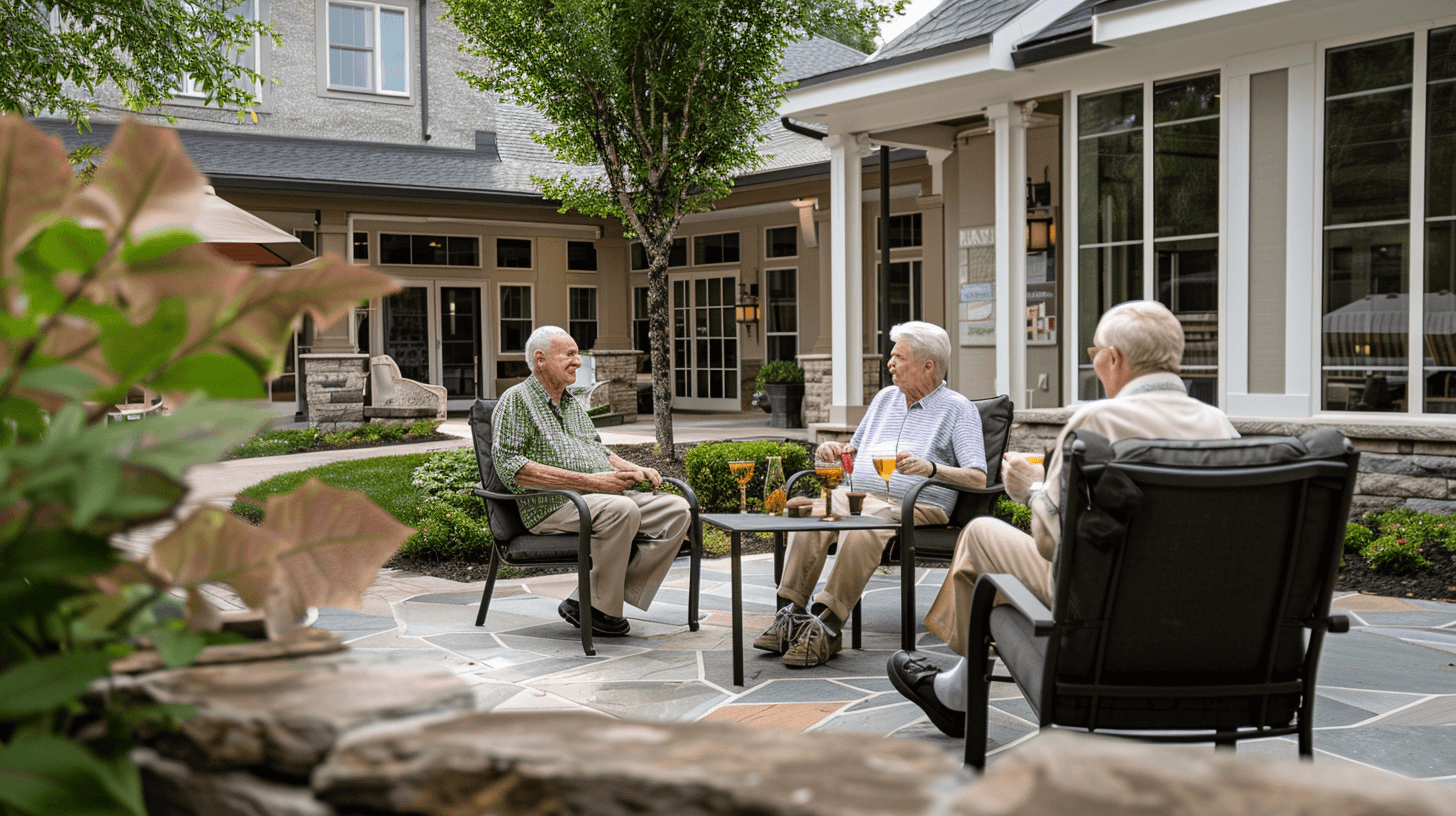Retirement is a significant milestone in life, marking the transition from a career-focused lifestyle to a more relaxed and leisurely one. It is a time to enjoy the fruits of one’s labor and pursue personal interests and hobbies. Choosing the right retirement community is crucial to ensure a comfortable and fulfilling lifestyle during this phase of life. The decision can be overwhelming, as there are numerous options available. However, understanding the different types of communities and amenities offered can help make the process easier.
Contents
- 1 Retirement Living Options: Understanding the Different Types of Communities
- 2 Independent Living Communities: A Perfect Fit for Active Seniors
- 3 Assisted Living Communities: A Helping Hand When You Need It
- 4 Continuing Care Retirement Communities: A Comprehensive Approach to Aging in Place
- 5 Amenities in Retirement Communities: What to Look For and Why They Matter
- 6 Cost of Retirement Communities: Understanding the Financial Aspect of Senior Living
- 7 Active Adult Communities: A Booming Trend in Retirement Living
- 8 Choosing the Right Retirement Community: Factors to Consider When Making Your Decision
- 9 Finding Your Perfect Retirement Community and Enjoying Your Golden Years
- 10 FAQs
- 10.1 What is a retirement community?
- 10.2 What are the benefits of living in a retirement community?
- 10.3 How do I choose the right retirement community?
- 10.4 What types of retirement communities are available?
- 10.5 What is the difference between independent living and assisted living?
- 10.6 What is a continuing care retirement community (CCRC)?
- 10.7 What should I look for when visiting a retirement community?
Key Takeaways
- Choosing the right retirement community is crucial for a happy and fulfilling retirement.
- There are different types of retirement communities, including independent living, assisted living, and continuing care retirement communities.
- Independent living communities are ideal for active seniors who want to maintain their independence.
- Assisted living communities provide support and assistance for seniors who need help with daily activities.
- Continuing care retirement communities offer a comprehensive approach to aging in place, with different levels of care available as needed.
Retirement Living Options: Understanding the Different Types of Communities
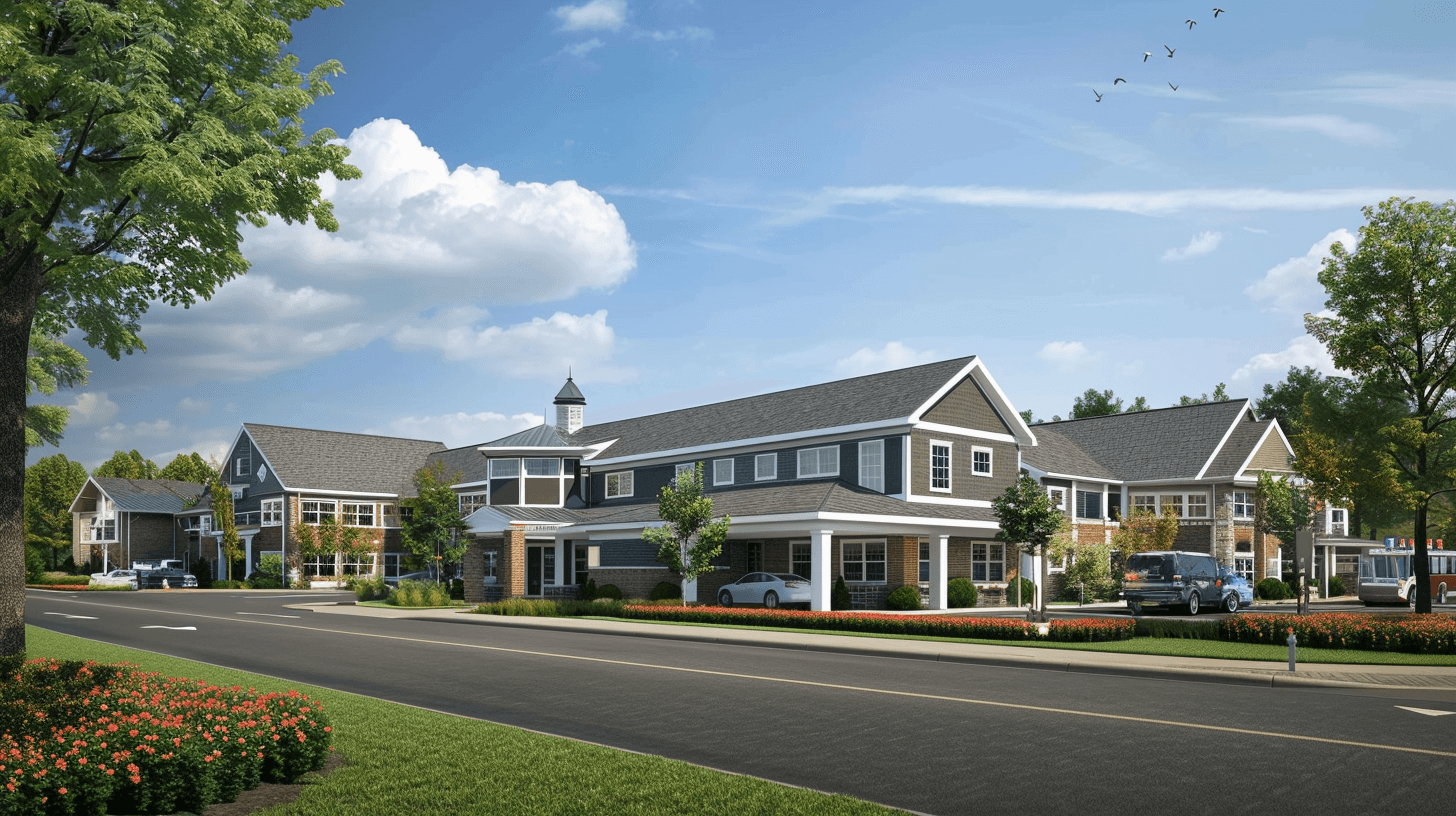
When it comes to retirement living, there are various types of communities to choose from. Each community offers different levels of care and services, catering to different needs and preferences. Some of the most common types of retirement communities include independent living, assisted living, continuing care retirement communities (CCRCs), and active adult communities.
Independent living communities are ideal for seniors who are still active and want to maintain their independence. These communities offer a range of amenities and services, such as housekeeping, transportation, and social activities. Residents can enjoy their own private living spaces while also having access to communal areas where they can socialize with other residents.
Assisted living communities provide assistance with daily activities, such as bathing, dressing, and medication management. These communities offer a higher level of care than independent living communities but still allow residents to maintain their independence. Trained staff members are available around the clock to provide support and assistance as needed.
Continuing care retirement communities (CCRCs) offer a comprehensive approach to aging in place. These communities provide a range of care options, from independent living to skilled nursing care. Residents can transition to higher levels of care as their needs change over time. CCRCs often require an entrance fee and monthly fees but provide peace of mind knowing that residents will have access to the care they need as they age.
Active adult communities are a popular trend in retirement living, catering to seniors who want an active and social lifestyle. These communities offer a range of amenities and activities, such as golf courses, fitness centers, and social clubs. They are designed to promote an active and engaging lifestyle, allowing residents to pursue their interests and hobbies while also enjoying a sense of community.
Independent Living Communities: A Perfect Fit for Active Seniors
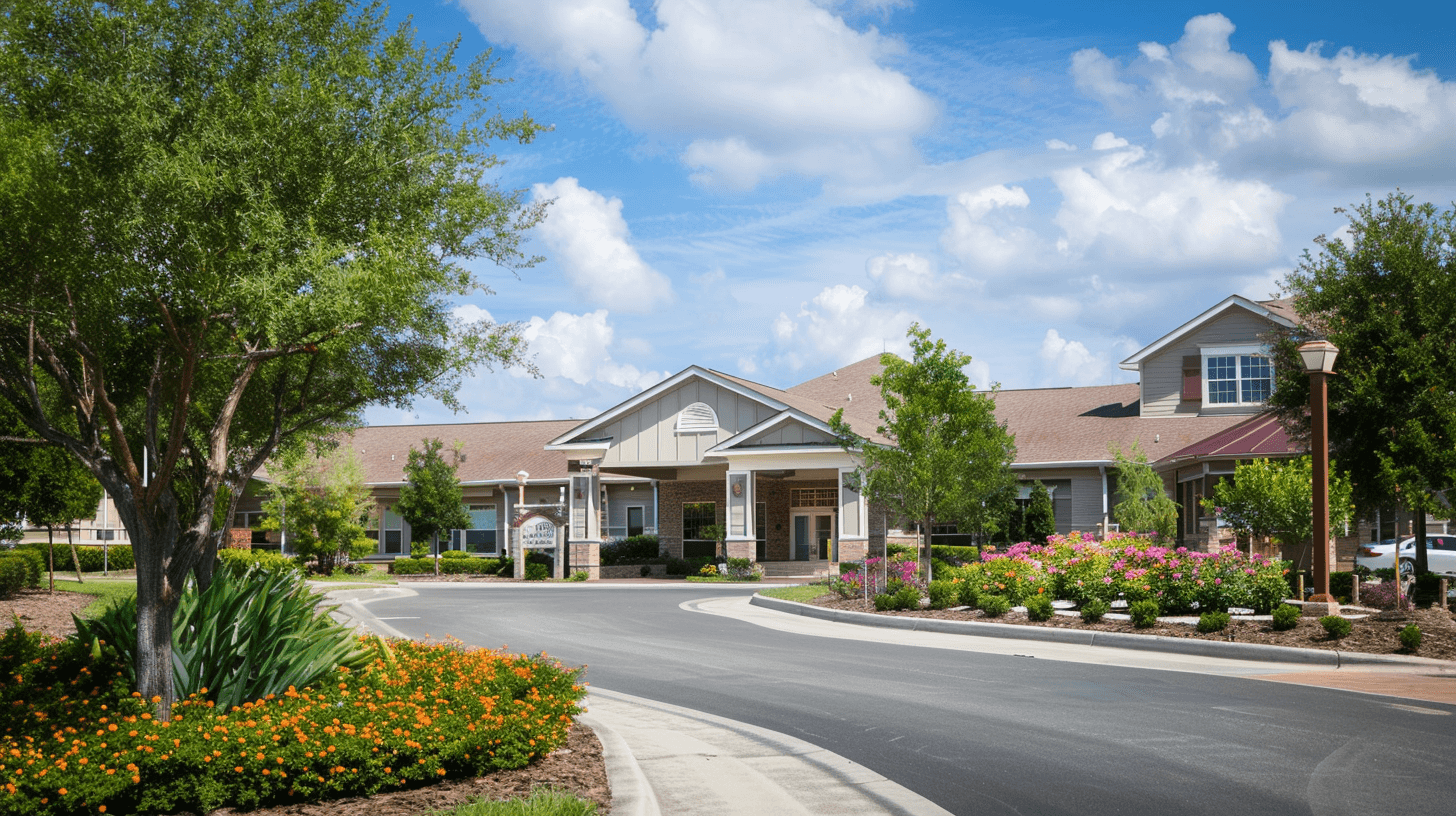
Independent living communities are an excellent option for seniors who are still active and want to maintain their independence. These communities offer a range of amenities and services that cater to the needs and preferences of active seniors.
One of the primary benefits of independent living communities is the freedom and flexibility they offer. Residents can enjoy their own private living spaces, typically in the form of apartments or cottages, while also having access to communal areas where they can socialize with other residents. This allows for a sense of community and companionship while still maintaining privacy.
Independent living communities often provide services such as housekeeping, transportation, and maintenance, which can help alleviate some of the burdens of daily life. This allows residents to focus on enjoying their retirement years without having to worry about the hassles of home maintenance or household chores.
Social activities are also a significant aspect of independent living communities. These communities often organize various events and outings to keep residents engaged and entertained. From fitness classes to book clubs to day trips, there is always something happening in an independent living community. This provides opportunities for residents to socialize with their peers and pursue their interests and hobbies.
Assisted Living Communities: A Helping Hand When You Need It
| Assisted Living Communities | Benefits |
|---|---|
| 24/7 Care | Residents receive round-the-clock care from trained professionals. |
| Medication Management | Assistance with medication management ensures residents take the right medication at the right time. |
| Meal Preparation | Residents receive nutritious meals prepared by trained chefs. |
| Housekeeping | Housekeeping services ensure residents live in a clean and comfortable environment. |
| Socialization | Assisted living communities provide opportunities for residents to socialize and engage in activities with peers. |
| Transportation | Transportation services are available for residents to attend appointments and run errands. |
Assisted living communities are designed for seniors who require assistance with daily activities but still want to maintain their independence. These communities provide a higher level of care than independent living communities while still allowing residents to have control over their lives.
One of the primary benefits of assisted living communities is the assistance provided with daily activities. Trained staff members are available around the clock to help residents with tasks such as bathing, dressing, and medication management. This can provide peace of mind for both residents and their families, knowing that help is always available when needed.
Assisted living communities also offer a range of amenities and services to enhance the quality of life for residents. These may include meals, housekeeping, transportation, and social activities. By taking care of these daily tasks, assisted living communities allow residents to focus on enjoying their retirement years and pursuing their interests and hobbies.
Another advantage of assisted living communities is the sense of community they provide. Residents have the opportunity to socialize with their peers and participate in various activities and events. This can help combat feelings of loneliness and isolation that can sometimes occur in older age.
Continuing Care Retirement Communities: A Comprehensive Approach to Aging in Place
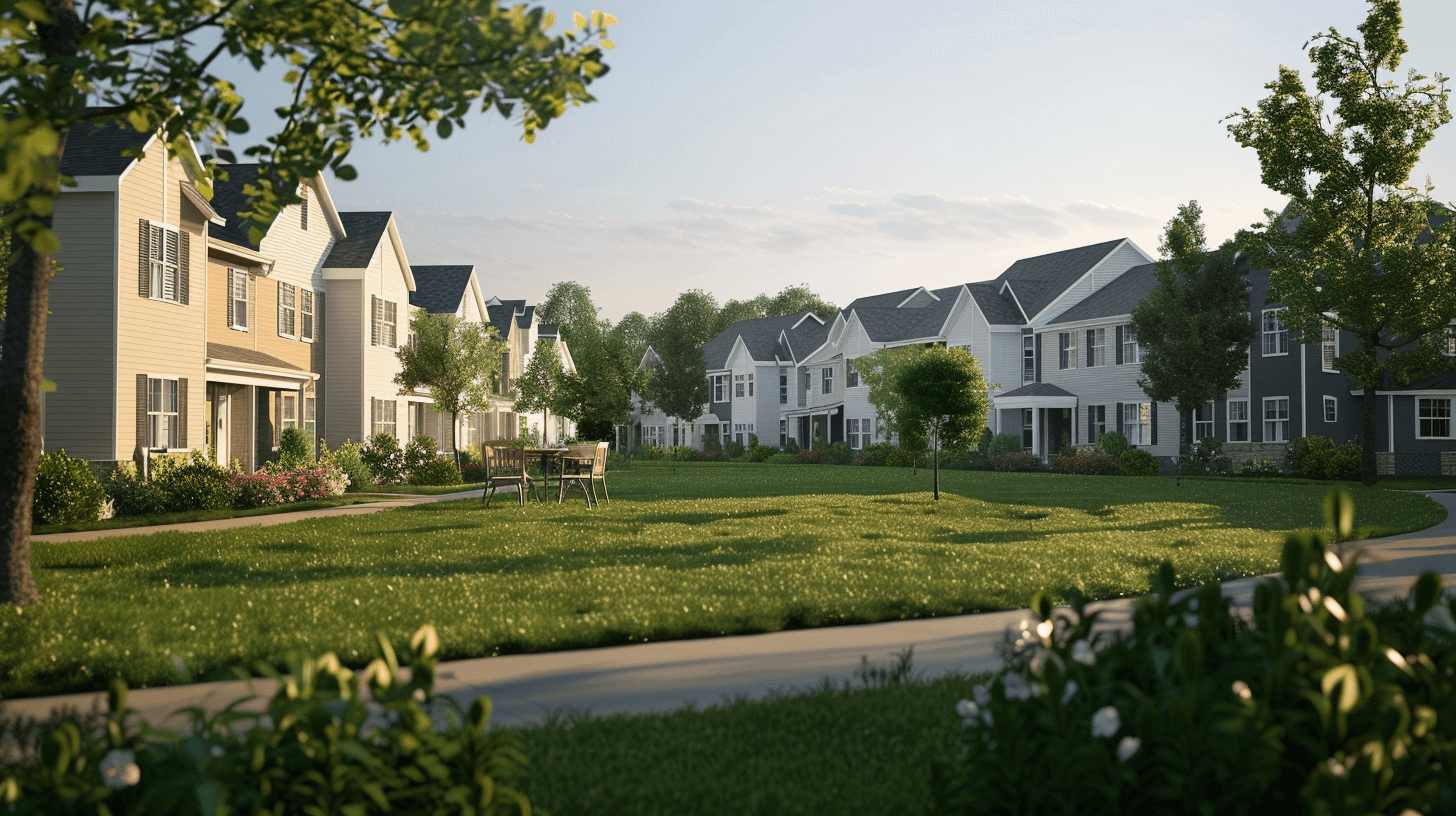
Continuing care retirement communities (CCRCs) offer a comprehensive approach to aging in place. These communities provide a range of care options, from independent living to skilled nursing care, allowing residents to transition to higher levels of care as their needs change over time.
One of the primary benefits of CCRCs is the peace of mind they provide. Residents can move into a CCRC while still independent and healthy, knowing that they will have access to the care they need as they age. This eliminates the need for multiple moves or disruptions in care.
CCRCs often require an entrance fee and monthly fees, but this investment can be worthwhile for many seniors. By paying upfront, residents secure their place in the community and ensure that they will have access to the care they need in the future. This can provide peace of mind for both residents and their families.
CCRCs also offer a range of amenities and services to enhance the quality of life for residents. These may include fitness centers, swimming pools, dining options, social activities, and more. By providing a variety of amenities, CCRCs aim to create a vibrant and engaging community where residents can pursue their interests and hobbies.
Amenities in Retirement Communities: What to Look For and Why They Matter
When choosing a retirement community, it’s essential to consider the amenities offered. Amenities can greatly enhance the quality of life for residents and contribute to a fulfilling and enjoyable retirement experience.
Fitness centers are a popular amenity in retirement communities. Regular exercise is crucial for maintaining physical health and mobility, and having a fitness center on-site makes it convenient for residents to stay active. Whether it’s a fully equipped gym or a group exercise class, having access to fitness facilities can help seniors stay fit and healthy.
Swimming pools are another amenity that many retirees look for in a retirement community. Swimming is a low-impact exercise that is gentle on the joints and provides a full-body workout. Having a pool on-site allows residents to enjoy swimming as a form of exercise or relaxation.
Social activities are also an important aspect of retirement communities. These activities can range from book clubs to card games to day trips. They provide opportunities for residents to socialize with their peers, make new friends, and pursue their interests and hobbies. Social activities can help combat feelings of loneliness and isolation that can sometimes occur in older age.
Dining options are another amenity to consider when choosing a retirement community. Many communities offer multiple dining venues, ranging from formal dining rooms to casual cafes. Having a variety of dining options allows residents to choose the type of dining experience they prefer, whether it’s a formal meal or a quick bite to eat.
Cost of Retirement Communities: Understanding the Financial Aspect of Senior Living
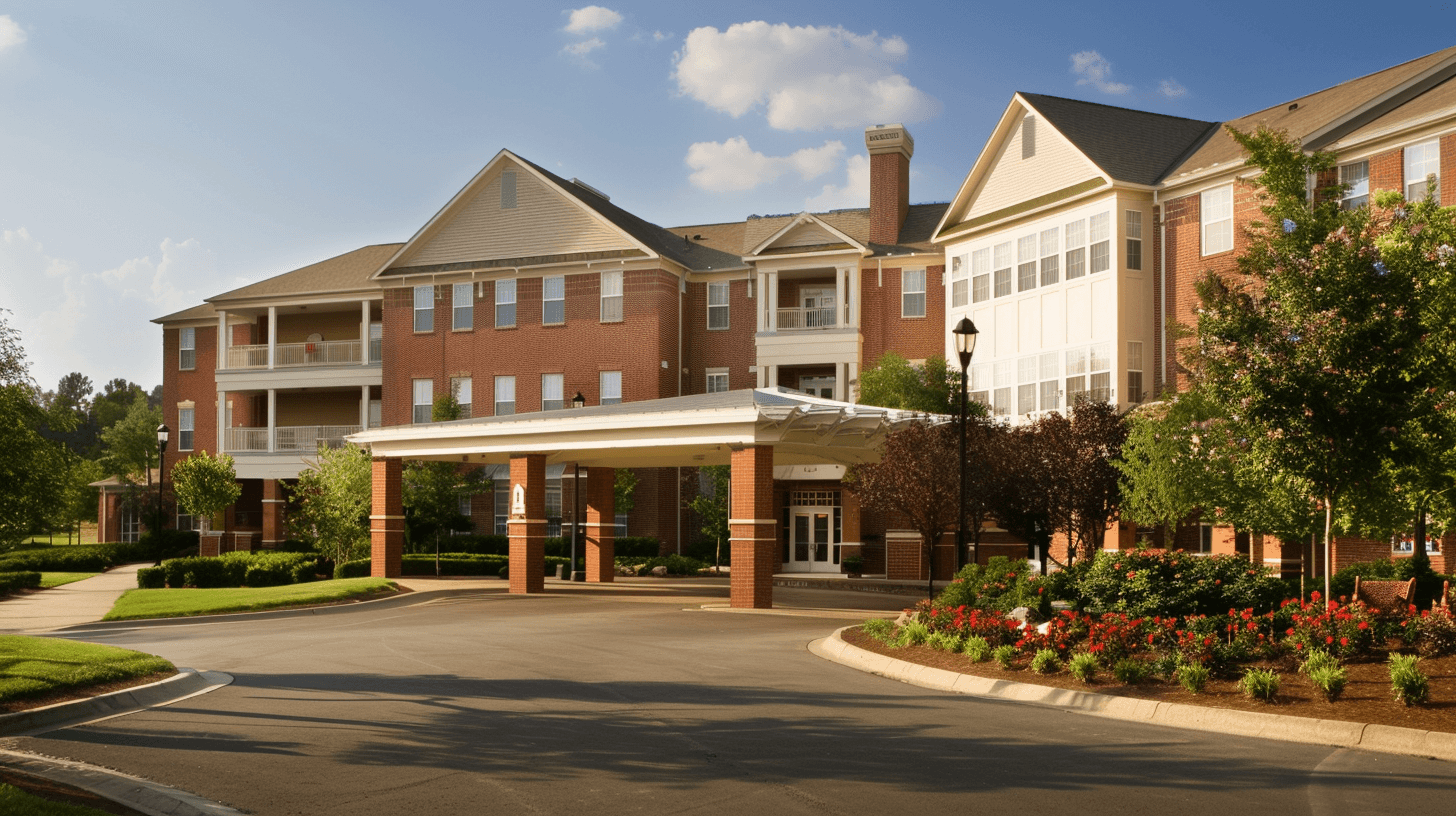
Retirement communities can be expensive, and it’s crucial to understand the costs involved before making a decision. The cost of retirement communities can vary depending on factors such as location, level of care, and amenities.
One of the primary costs associated with retirement communities is the monthly fee. This fee typically covers services such as maintenance, housekeeping, transportation, and social activities. The monthly fee can vary depending on the level of care and services provided by the community.
In addition to the monthly fee, some retirement communities may require an entrance fee. This fee is often a significant upfront investment and can vary greatly depending on the community. The entrance fee is typically used to secure a place in the community and may be partially refundable upon leaving or passing away.
It’s important to consider the overall cost of living in a retirement community. While the monthly fee may cover many services, there may be additional costs for things like meals, healthcare, and personal care. It’s essential to understand what is included in the monthly fee and what additional costs may be incurred.
Location is another factor that can impact the cost of retirement communities. Communities located in desirable areas or near major cities may have higher costs due to the higher cost of living in those areas. It’s important to consider both the cost and location when making a decision.
Active Adult Communities: A Booming Trend in Retirement Living
Active adult communities are a popular trend in retirement living, catering to seniors who want an active and social lifestyle. These communities offer a range of amenities and activities designed to promote an engaging and fulfilling retirement experience.
One of the primary benefits of active adult communities is the focus on an active lifestyle. These communities often have amenities such as golf courses, fitness centers, walking trails, and social clubs. They are designed to encourage residents to stay active and pursue their interests and hobbies.
Social activities are also a significant aspect of active adult communities. These communities often organize various events and outings to keep residents engaged and entertained. From group fitness classes to game nights to day trips, there is always something happening in an active adult community. This provides opportunities for residents to socialize with their peers and build a sense of community.
Active adult communities also offer a range of housing options to suit different preferences and budgets. From single-family homes to townhouses to apartments, there is a housing option for everyone. This allows residents to choose the type of living space that best fits their needs and lifestyle.
Choosing the Right Retirement Community: Factors to Consider When Making Your Decision
When choosing a retirement community, it’s essential to consider several factors to ensure the right fit. Here are some key factors to consider:
1. Location: Consider the location of the community and whether it aligns with your preferences and lifestyle. Do you want to be close to family and friends? Do you prefer a rural or urban setting? Consider these factors when making your decision.
2. Level of Care: Determine the level of care you require now and in the future. If you are still active and independent, an independent living community may be the best fit. If you require assistance with daily activities, an assisted living community may be more suitable.
3. Amenities: Consider the amenities offered by the community and whether they align with your interests and preferences. Do you enjoy swimming? Look for a community with a pool. Do you enjoy socializing? Look for a community with social activities and clubs.
4. Cost: Understand the costs involved in living in a retirement community, including monthly fees, entrance fees, and additional costs for meals and healthcare. Consider your budget and financial situation when making your decision.
5. Visit the Community: It’s important to visit the community and talk to current residents to get a sense of the lifestyle and atmosphere. Take a tour, attend events or activities, and ask questions to ensure that it feels like a good fit for you.
Finding Your Perfect Retirement Community and Enjoying Your Golden Years
Choosing the right retirement community can be a daunting task, but understanding the different types of communities and amenities available can help make the process easier. By considering factors such as location, level of care, amenities, and cost, seniors can find the perfect retirement community and enjoy their golden years to the fullest.
Retirement is a time to relax, pursue personal interests, and enjoy life. Choosing the right retirement community can greatly enhance the quality of life during this phase of life. Whether it’s an independent living community for active seniors or an assisted living community for those who require assistance with daily activities, there is a retirement community out there for everyone. By considering the factors outlined in this article and taking the time to visit communities and talk to current residents, seniors can find their perfect retirement community and enjoy their golden years to the fullest.
If you’re in the process of choosing the right retirement community, it’s important to consider various factors that will impact your quality of life. One crucial aspect to take into account is your health and well-being. Understanding stroke in the elderly is essential, as it can help you make informed decisions about your future living arrangements. Retired Life Tips provides a comprehensive article on this topic, offering valuable insights and advice. To learn more about this important issue, check out their article on Understanding Stroke in the Elderly.
FAQs
What is a retirement community?
A retirement community is a housing complex designed for older adults who are generally able to care for themselves. These communities offer a variety of amenities and services to make life easier and more enjoyable for seniors.
What are the benefits of living in a retirement community?
Retirement communities offer a range of benefits, including socialization opportunities, access to healthcare services, maintenance-free living, and a variety of amenities and activities.
How do I choose the right retirement community?
When choosing a retirement community, consider factors such as location, cost, amenities, healthcare services, and the community’s overall atmosphere and culture. It’s also important to visit the community in person and talk to current residents to get a sense of what life is like there.
What types of retirement communities are available?
There are several types of retirement communities available, including independent living communities, assisted living communities, and continuing care retirement communities (CCRCs). Each type of community offers different levels of care and support for seniors.
What is the difference between independent living and assisted living?
Independent living communities are designed for seniors who are able to care for themselves and do not require assistance with daily activities. Assisted living communities, on the other hand, provide support and assistance with activities such as bathing, dressing, and medication management.
What is a continuing care retirement community (CCRC)?
A continuing care retirement community (CCRC) is a type of retirement community that offers a range of care options, from independent living to assisted living to skilled nursing care. CCRCs allow seniors to age in place and receive the care they need as their needs change over time.
What should I look for when visiting a retirement community?
When visiting a retirement community, pay attention to the cleanliness and upkeep of the facilities, the friendliness of the staff and residents, the quality of the food, and the range of amenities and activities available. It’s also important to ask questions about the community’s policies and procedures, as well as its healthcare services and staff qualifications.

